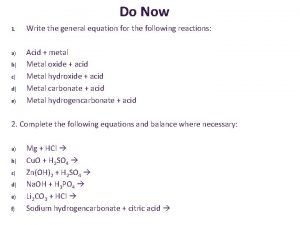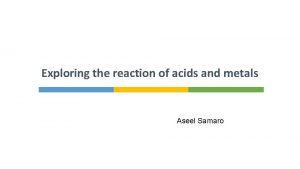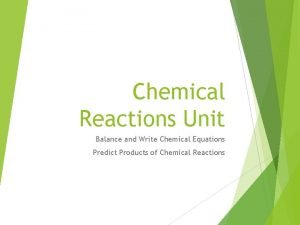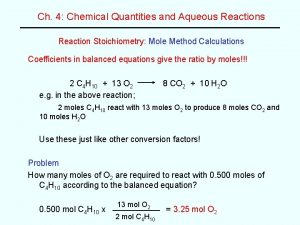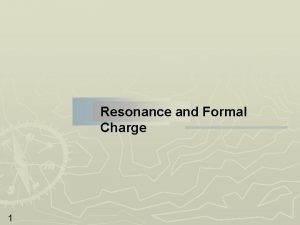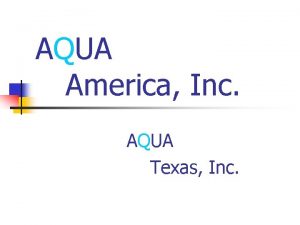Aqua Regia and Nitric acid Safety Royal Water






- Slides: 6

Aqua Regia and Nitric acid Safety Royal Water

NFPA 704 Flash points: 4: < room temp 3: <38 °C 2: <93 °C 1: > 93°C 0: non-flammable Standard system for identification of hazards of materials for emergency response -National Fire Protection Association Health Risk 4: Deadly 3: Extreme danger 2: Hazardous 1: Slightly hazardous 0: Non-hazardous Fire Hazard Health Hazard Instability Hazard Specific Hazard ACID ALK (alkaline) COR (corrosive) OX (oxidizer) Radiation Water reactive W Stability 4: May detonate 3: Shock/heat sensitive 2: Violent chemical change 1: Unstable if heated 0: Stable

Aqua Regia 3: 1 mixture of conc. HCl and HNO 3 ◦ Spill >200 m. L outside of hood requires lab evacuation and EHS response. Mixture decomposes rapidly generating gasses ◦ HNO 3 + 3 HCl → NOCl(g) + Cl 2(g) + 2 H 2 O ◦ 2 NOCl (g) → 2 NO (g) + Cl 2(g) ◦ 2 NO(g) + O 2(g) → 2 NO 2(g) Metals are fully oxidized generating soluble chloride salts ◦ Pt(s) + 2 HNO 3 + 4 HCl → Pt. Cl 4 + NO 2(g) + NO(g) + 3 H 2 O ◦ Sn(s) + HCl + 2 HNO 3 → Sn. Cl 4 + NO 2(g)+ NO(g) + 3 H 2 O ◦ 2 Au(s) + 4 HNO 3 + 8 HCl → 2 HAu. Cl 4 + 3 NO 2(g) + NO(g) + 5 H 2 O Aqua regia added to Zn 0 powder https: //www. youtube. com/channel /UC 9 XDw. Njdmbc. C 7 i_NBKh. Lpt. Q

Concentrated Nitric Acid Subject to thermal and light decomposition ◦ ◦ Store in a cool dark place 4 HNO 3 → 2 H 2 O + 4 NO 2(g) + O 2(g) 2 HNO 3 ⇌ NO 2+ + NO 3− + H 2 O Dissolved NO 2(g) colors HNO 3 yellow and gives off red-brown vapors Oxidizing agent reacts with cyanides, carbides, and metallic powders explosively and with organic compounds violently. ◦ Cx+ 2 HNO 3 → x CO 2(g) + 2 NO 2(g) + H 2 O ◦ Aromatic compounds are easily nitrated via electrophilic aromatic substitution (eg. TNT) ◦ Carbonyl compounds are readily nitrated at the α-position via the enol Conc. HNO 3 and THF https: //www. youtube. com/channel /UC 3_t. FLTJfj. Ur. YNCd. D-PLbr. A

Corrosive Acids Damage skin, eyes, and respiratory tract. ◦ Acid hydrolysis with proteins (amides) and fats (esters) decomposes living tissue ◦ Only thick butyl rubber gloves can protect from corrosive acids Conc. HNO 3 reacts with keratin staining skin yellow, then orange when neutralized. Standard first-aid treatment for spills on the skin is irrigation with large quantities of water for 15 min. ◦ Contaminated clothing is removed immediately and the underlying skin is washed thoroughly. Fuming HNO 3 to lab gloves https: //www. youtube. com/channel /UCFh. XFikry. T 4 a. Fc. Lk. Lw 2 LBLA

Aqua Regia SOP Preparation ◦ Make the minimum amount and use only if necessary ◦ Generate and use exclusively in the hood. ◦ Do not re-use or store. Use ◦ Carefully pour or pipet into glassware to be cleaned. ◦ Leave vessels in back of hood away from other materials. ◦ Do not mix with or place near bases or organic materials. ◦ Do not cap or seal containers. ◦ Let fully react before disposal. Disposal ◦ Add spent acid to an empty blown dry glass bottle with a mixed waste label with all contents including heavy metals listed and spelled out. ◦ Or use saved concentrated HCl glass bottles to prevent any incompatibility. ◦ Store in the corrosives or waste cabinets in a secondary container. ◦ Do not fully tighten the cap immediately upon addition or when in doubt.


